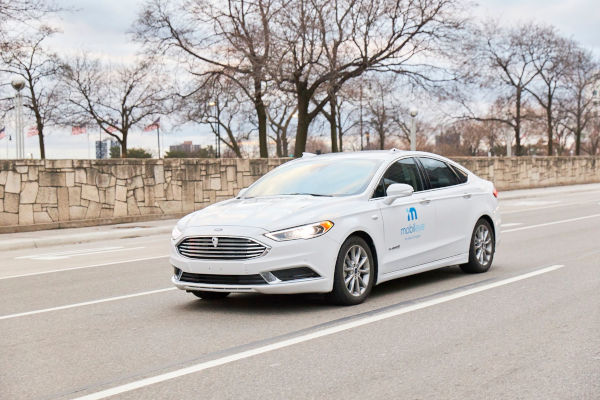Intel’s Automated Vehicle Safety Standard Framework, Image/Mobileye, an Intel Company
First introduced by by Mobileye CEO Professor Amnon Shashua and CTO Professor Shai Shalev-Shwartz in 2017, Responsibility-Sensitive Safety (RSS) an automated vehicle (AV) safety net, “formalizes human notions of safe driving into a verifiable model with logically provable rules and defined responses.”
Instead of using AI alone and relying on “millions of miles of driving history to teach safety,” RSS includes another layer or safety envelope. This added layer includes checks and balances to determine an AV’s ability to drive safely.
Since safety is of great concern for automakers adopting AV technology, RSS offers to fill the safety gap. Globally, Europe and China have recently embraced RSS. Valeo, a european automotive supplier, will “collaborate on policies and technologies intended to bolster the adoption of AV safety standards in Europe, the U.S. and China.”
Baidu in the past year, introduced the world’s first open-source implementation of RSS and how it is a technology-neutral solution for AV safety. China ITS included RSS in its recently approved proposal for AV safety.
A workgroup will “define safety thresholds, dangerous situations and proper responses as well as development of measurements for each of these criteria in the unique driving scenarios in the China market.” Other interested new mobility as a service (MaaS) collaborations include Mobileye, Volkswagen and Champion Motors in Israel and Beijing Public Transport.




